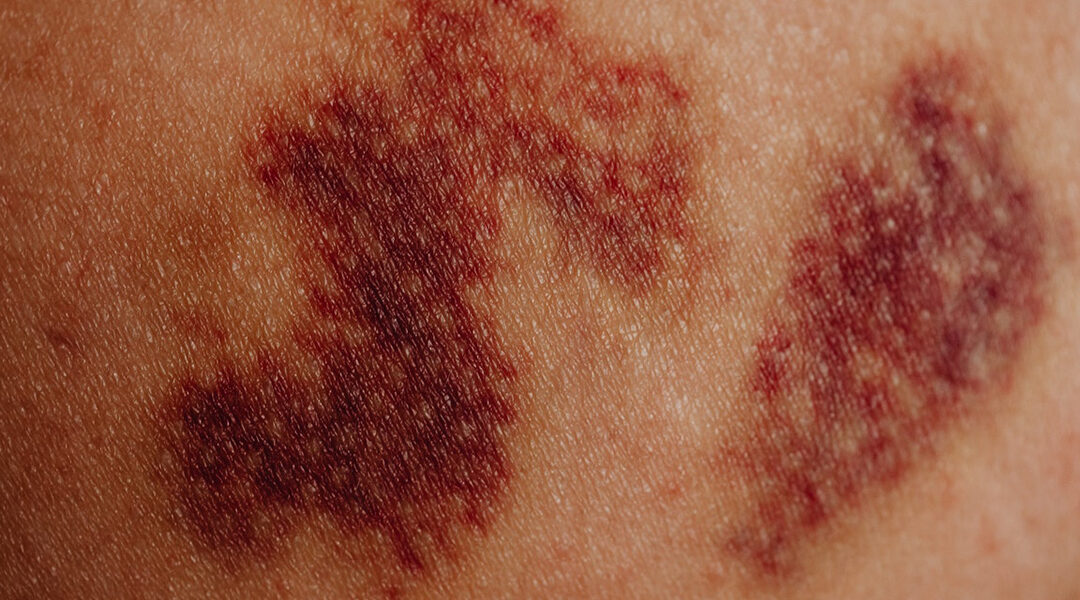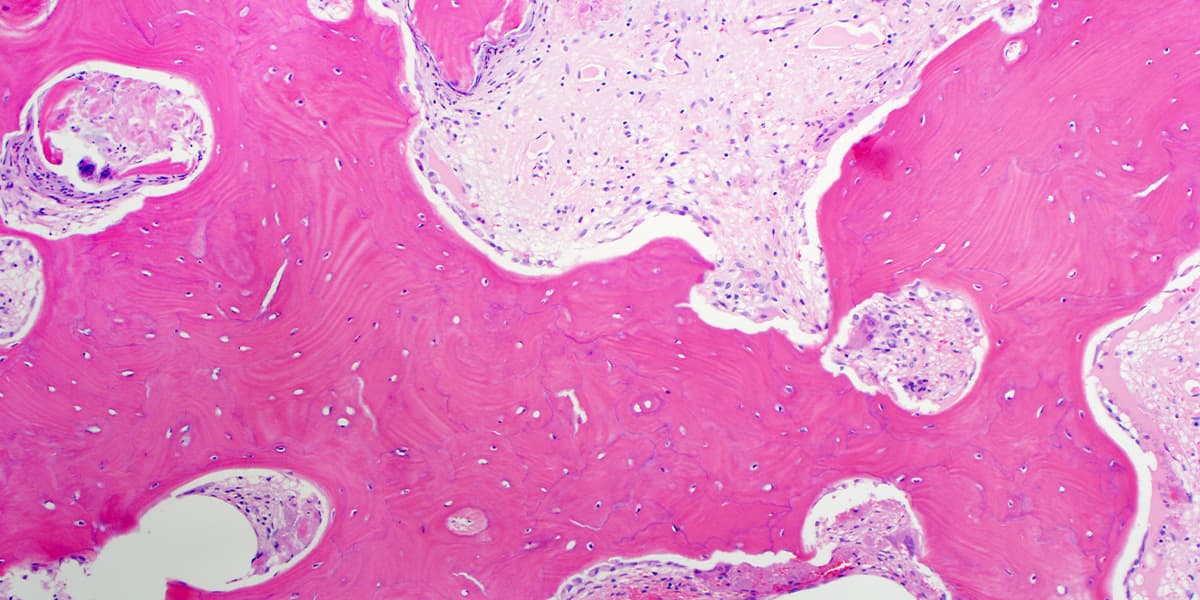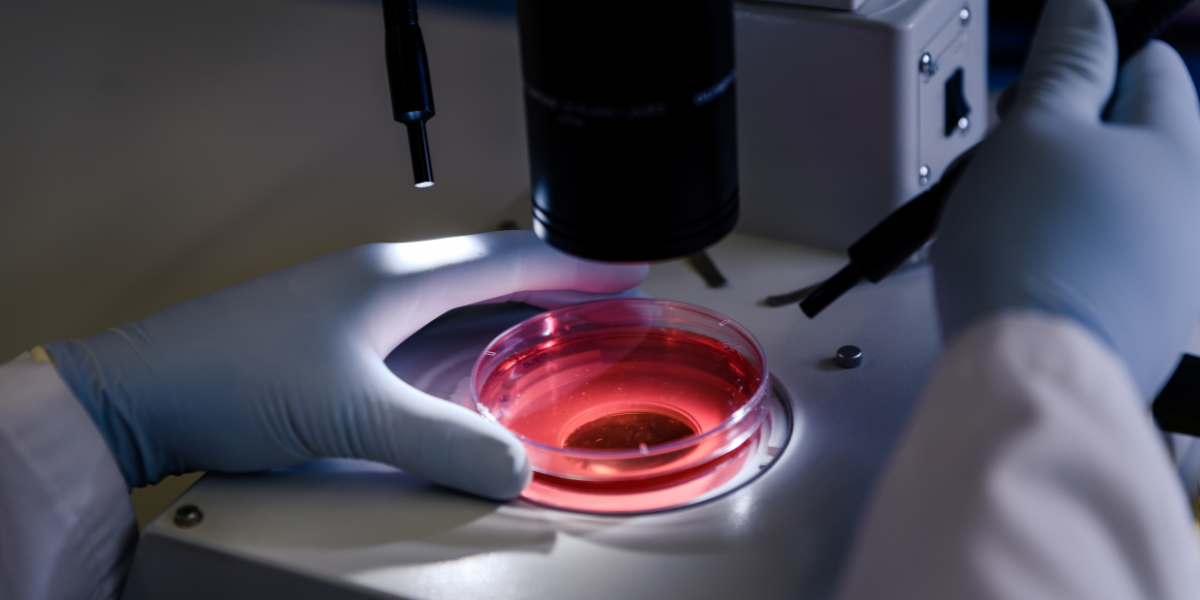Summer is here, which means the days are longer and there is more time to enjoy the sun. But with these long days and more time in the sun, it’s always wise to keep your health in mind; and we’re talking about more than sunburn. Skin cancer is the most common type of cancer in the US, with an estimated 9,500 Americans diagnosed with it every day (almost 3.5 million per year). The most serious type of skin cancer is melanoma, which is cancer of the cells that produce melanin (the pigment that gives our skin its color). Let’s take a look at some of the early signs of melanoma.
Why do Blood Types Matter? Click Here to Find Out!
The risk of melanoma for people under 40, and particularly for women, does seem to be increasing, so knowing the warning signs can help patients and doctors detect melanoma earlier; the quicker melanoma is diagnosed, the more likely treatments are to be successful.
Symptoms and Early Signs of Melanoma
So, what are the symptoms to look for? Well, having moles on your skin is perfectly normal, but this normalcy sometimes disguises instances of melanoma. While melanoma doesn’t always begin as a mole, this is a common origin point. Normal moles are generally one solid color (often black, brown, or tan) with a distinct border separating the mole from surrounding skin. Normal moles are ovular or round and are usually smaller than 1/4 inch in diameter. Moles caused by melanoma, though, are usually have one of 5 characteristics that indicate the presence of cancer. To identify them, think of the first 5 letters of the alphabet:
- A for Asymmetrical shape: look for moles with irregular shapes, such as two differently-shaped halves.
- B for irregular Border: look for moles with irregular, notched, or scalloped borders (these are common characteristics of melanomas).
- C for changes in Color: pay attention to moles that have many colors or uneven distribution of color.
- D for Diameter: as stated above, common moles are usually no larger than 1/4 inch diameter. A pencil eraser is usually a good benchmark.
- E for Evolving: be aware of moles that change over time, such as a mole that grows in size, changes color, or changes shape. Moles may also develop new symptoms, such as itchiness or bleeding.

Consistently applying sunscreen, even outside of summer months, will help reduce exposure to UV radiation—which is believed to be the primary cause of melanoma.
The exact cause of melanoma is not clear, but we do know that exposure to ultraviolet (UV) radiation from sunlight, tanning lamps, and tanning beds does increase your risk of melanoma. Therefore, limiting your exposure to UV radiation can help reduce your risk. Wearing sunscreen and consistently reapplying even during winter months can help prevent melanoma, and there is some evidence that statin and fibrate medications may help—though we emphasize this evidence is tentative and has yet to be properly reviewed in the medical community.
If you become aware of any of the foregoing warning signs, you should make sure to see a doctor quickly, and ask your doctor to send a sample to a pathology lab and if you want the highest standard of pathology tests and disease detection, ask your doctor to send the sample to the South Bend Medical Foundation!





